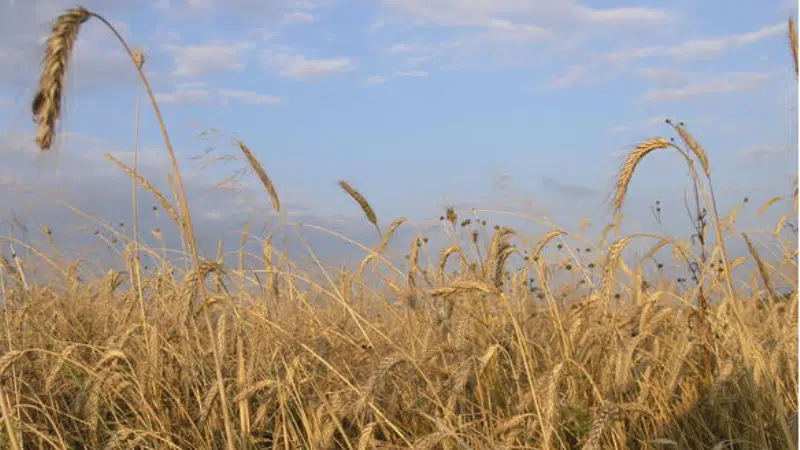
Central Alberta sees good crop growing conditions over past two weeks
Weather is having a noticeable impact on crop conditions across the province, according to the latest report from Alberta Agriculture and Forestry.
Frequent rain since July accompanied with cool temperature has increased excessive soil moisture, particularly in the North East and North West Regions.
Hailstorms damaged some mature crops in southern parts of the province and destroyed some field crops in other areas. Additionally, a light frost occurred in the western to central parts of the Peace Region, with the lowest recorded temperature at -1C.
Friday’s crop report notes there are concerns of yield and quality loss if a frost happens again, particularly for vulnerable canola fields that are still in the flowering stage across the province.


